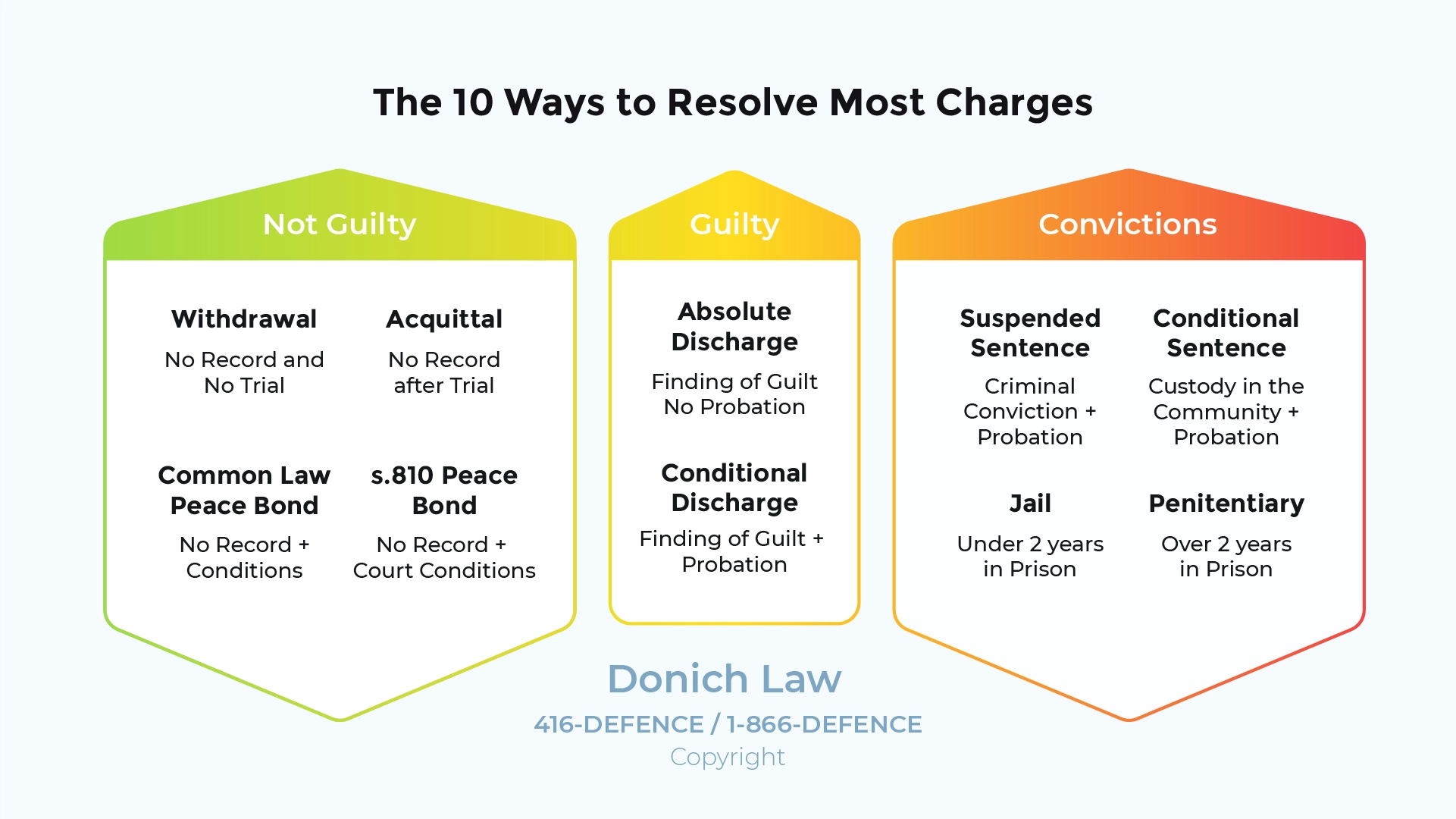
YOUTH DEFENCE LAWYERS
Crime Statistics
One of the primary goals of the Canadian criminal justice system is to prevent youth crime and rehabilitate young offenders. Statistics Canada collects data on youth criminality and trends in crime rates. There are special rules surrounding the prosecution of young people, including revealing their identity to the public, which can also apply to adults in some circumstances.
Frequently Asked Questions
Young offenders are treated differently than adults in the criminal justice system. These goals are shared by local police departments across Ontario. These programs are meant to enable early intervention against criminal behaviour and allow the community to play a role in responding to youth crime. Along with community and government partners, the YPDP aims to refer youths to programs within their communities that will help address the underlying causes of criminal behaviour and hopefully prevent the need for further action.
What is a Youth Offender?
A youth offender is any person between the age of 12 and 17 who commits a criminal offence. Youth offenders are dealt with under principles of the Youth Criminal Justice Act instead of the Criminal Code that handles adult offenders. Youth offenders can only be young persons (between 12 and 17) or adults that committed offences when they were young people. Any child below the age of 12 cannot be held criminally responsible for their actions because of a lack of development and capacity to truly understand the consequences of criminal behaviour. Any offender aged 18 or older is treated as an adult.

- CP24: Civil Sexual Assault Lawsuit at St. Michael’s in Toronto.
- Global News Morning Show: Sentencing Arguments in Assault case of Dafonte Miller.
- Breakfast Television: Role of Mental Health in Court Proceedings.
- Global News National: Bruce McArthur will not serve consecutive sentences.
- CBC Radio: Interview with Mayor John Tory and Jordan Donich on CBC Radio.
- CTV News National: Handgun ban supported by majority of Canadians: Nanos survey.
- Global News: How difficult is it to get a legal handgun in Canada.
- CP24: Sentencing Hearing for Chair Girl.


What is the Youth Criminal Justice Act?
The Youth Criminal Justice Act is the legislation that governs how youth offenders are dealt with in the Canadian criminal justice system. Section 3 of the YCJA sets out the guiding principles of the legislation. Like the Criminal Code, its main purpose is to protect society. To accomplish this goal the YCJA aims to hold youth offenders accountable for their actions through measures appropriate to the severity of each criminal offence and the degree to which the offender is responsible for their actions.
The measures the YCJA has available to it are much broader than those available to adult offenders, often not even requiring formal judicial involvement. This is because the YCJA prioritizes the rehabilitation of youth offenders and the prevention of further crime through referring young persons to community programs designed to address the underlying reasons contributing to criminal behaviour.
What is the Maximum Sentence a Youth Offender can Receive?
The maximum sentence varies depending on the type of offence committed and the circumstances of the youth offender. In some cases, the maximum sentence is two years. For more serious offences such as some assaults, sexual assaults, or attempted murder, the maximum increases. The absolute maximum custodial sentence a youth offender can receive is 10 years in connection with a first-degree murder charge. It is worth noting that a youth offender will not serve the entirety of their sentence in custody. Section 42(2) of the YCJA mandates that around half of a sentence must be served within the community under supervision.
If a youth offender is aged 14 or older and commits a serious violent offence such as murder, manslaughter, or aggravated sexual assault, they may be sentenced as an adult. Crown attorneys have an obligation to consider requesting an adult sentence in those circumstances. If a judge agrees, the youth offender will be sentenced under the Code. However, the offender will begin serving their sentence in a youth jail until such times as they turn 18 and are transferred to an adult prison.
How Criminal Charges can be Resolved in Canada

Would a Youth Offender in Toronto be Charged Under the Criminal Code?
Youth offenders are charged under the Code because it is that legislation that contains every criminal offence under Canadian law. The Code contains offences split into many different categories including offences against persons, property, or public morals. Each offence is dealt with differently, as theft cases are fundamentally different from sexual assault cases. Although, the severity of an offence depends on the facts of each individual case. Once a youth offender has been charged, the case is placed under the jurisdiction of the YCJA. This means that while young people are be charged with offences under the Criminal Code, the processes and procedures related to prosecuting and sentencing young people come from the YCJA.
The YCJA creates the Youth Justice Court and its procedures to handle youth offender cases. The youth criminal justice system is designed to be separate from its adult counterpart because of the unique circumstances created by youth offenders. The legislation specifically highlights that young offenders are less morally blameworthy for their actions, have a greater need for dependency because of a lack of maturity, and require stronger protections for their rights which includes their right to privacy.
The youth criminal justice system emphasizes the need for timely intervention in criminal matters because of a young person’s altered perception of time. Its measures are meant to rehabilitate offenders by enforcing consequences that are constructive and meaningful to each offender, support societal values, and encourage repairing the harm done. The system is also sensitive to the diversity of each offender and must protect their rights while giving them an opportunity to meaningfully participate in the process.
How to Defend Assault Charges
Are Youth Offenders Sentenced the Same as Adults?
Youth offenders are not sentenced the same as adult offenders. However, there are several shared elements in sentencing both youth and adult offenders. Sections 38 of the YCJA and 718 of the Code outline the main principles of sentencing. The primary similarity between the two is the goal of rehabilitating the offender. Both types of offenders are also entitled to the least restrictive sentence that is appropriate to the severity of the committed offence. To a certain extent, both sentencing processes also act to denounce criminal behaviour and attempt to deter the offender from reoffending.
The main difference in sentencing is that youth court has a greater variety of sentencing options available that reflect the system’s dedication toward rehabilitation. Youth offenders will often be given access to community services, a number of which would be available to offenders from Toronto. Terms of imprisonment are rare in youth cases and are typically reserved for violent or repeat offenders. This reflects the idea that youth offenders cannot be held to the same standard of responsibility as adult offenders because of their lack of maturity. When sentencing adult offenders, most times it is understood that offenders fully appreciate the consequences of their behaviour. This means the criminal justice system must protect society where necessary by prioritizing the denunciation of serious criminal conduct and more commonly imposing prison sentences to separate offenders from the community.
Law Newbie is a free AI research assistant that can help you safely answer questions about criminal law.
Recent Cases
R. v. Wheeler, 2023 ONSC 1687
This Ontario Superior Court of Justice case deals with the issue of when the YCJA has authority over a criminal proceeding. The accused was charged with two counts of sexual assault between September of 1993 and August of 1994. At the time of the offence the victim was between nine and ten-years-old while the accused would have been around 18. On these facts it was an issue whether a youth court would have jurisdiction to hear this matter. Typically, a youth court will have the jurisdiction to determine the age of an accused where it is uncertain unless there is proof the accused was older than 18.
The process for deciding this issue first requires the accused to produce evidence that they may have been a youth at the time of the offence. In this case, the accused’s 18th birthday fell after the date of the alleged offences. From there it is left to the Crown to prove beyond a reasonable doubt that the offence occurred when the accused was an adult. The Crown was unable to satisfy this burden, leading the judge to conclude the ONSC had no jurisdiction to hear this case. This does not mean the accused escaped potential liability. Instead, the Crown has the choice to start a new case on these facts under the YCJA.
R. v. T.B., 2022 ONCJ 606
This Ontario Court of Justice case was a proceeding dealt with under the YCJA. The offender pled guilty to possessing a firearm without a license and failing to comply with an undertaking. The case reviews which measures are an appropriate sentence for these offences. The judge ultimately determined that a custodial sentence was not available in this case.
Instead, the offender was subject to an 18-month probation order. The judge also issued three ancillary orders: a DNA order; a two-year weapons ban, and a forfeiture order applied to the seized firearm. Prior to this sentence being issued, the judge had to determine whether this case was an example of a non-violent offence that met the threshold for a custodial sentence. Under the law custodial sentences for non-violent offences will be imposed where commonly held community values are threatened. Here, the judge was sensitive to the fact that the mere possession of a firearm risks violence. However, every offence must be viewed in context. The youth was meant to take the fall for other offenders after they had been corned by police. As such there was no basis to suggest that the case represented an assault on community values that required a custodial sentence.
R. v. R.R., 2022 ONCJ 406
This Ontario Court of Justice case demonstrates how the circumstances of a youth offender can impact a sentencing decision. In this case the offender pled guilty to aggravated assault and robbery using a firearm. The violent nature of this offence led the Crown to seek a period of imprisonment for the offender. Reviewing the circumstances, the court agreed a 3-year sentence was appropriate followed by 15 months of probation. The sentence also included a 5-year weapons ban and a DNA order.
The most relevant consideration here was the fact that this was the second time the offender was being sentenced for firearms-related offences. The offence at issue also involved the wounding of a victim. Given the offender’s past record, the court concluded that a non-custody sentence would be inappropriate as it was likely the offender would not comply. Even the presence of factors that lessen or mitigate a sentence, such as a guilty plea, or the fact that the offender served and was given credit for pre-trial detention, did little to change the final sentence. The past failure of the justice system left little option in the present, especially where an offender does not have insight into their own behaviour or need for counselling. “He must be deterred by meaningful consequences that both protect the public and contribute to his rehabilitation. He must also be held accountable for his actions and for the harm that he has caused others, but again in a context where rehabilitation and reintegration remain the ultimate goal.” [at para 20]












